SRAM’s new HS2 disc rotor has a mountain bike specific design that’s claimed to improve braking performance while reducing noise and increasing heat dissipation, all compared to the multi-discipline UCI-approved CenterLine rotor.
SRAM has managed to do this by increasing the rotor’s thickness to 2mm – up from 1.85mm on the CenterLine – and changing the rotor’s braking surface pattern.
These changes are accompanied by recessed spokes, coated with a thermally dissipating paint.
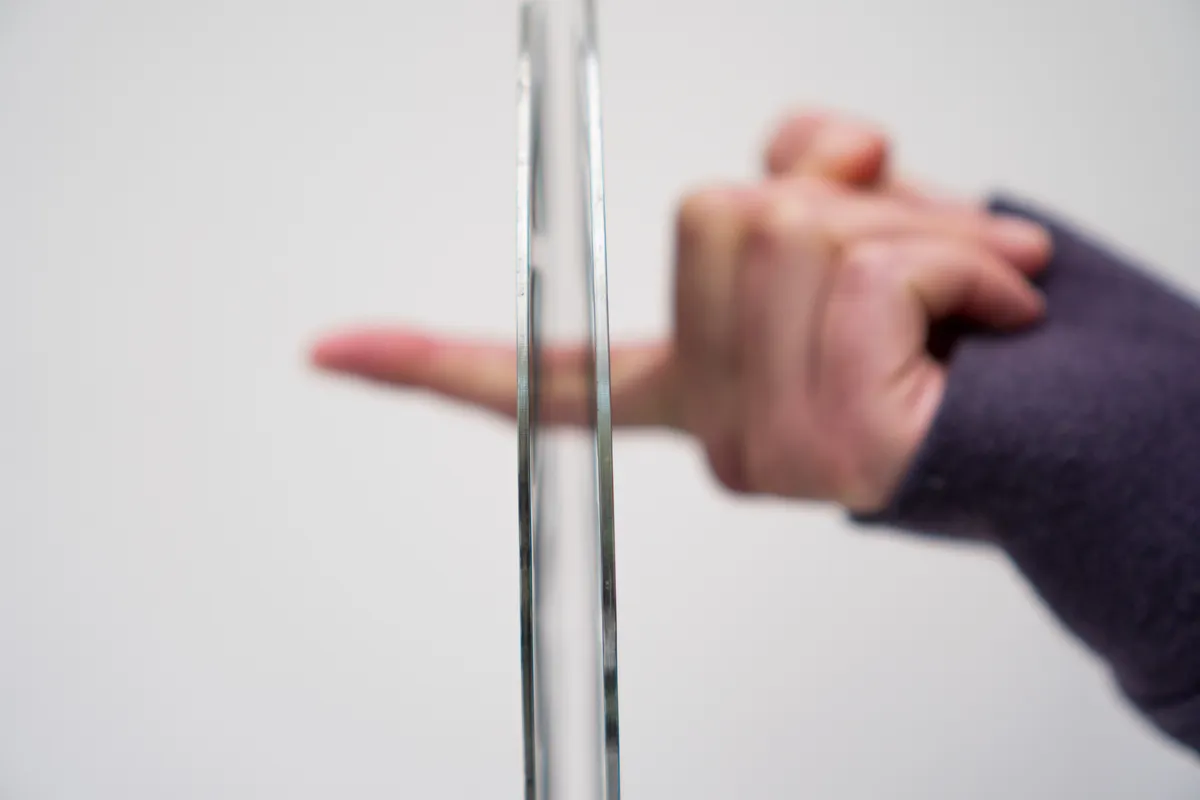
SRAM’s calculated the HS2 rotor is 7 per cent more powerful and 40ºC cooler when tested back to back with the CenterLine disc.
They’re available in 160mm, 180mm, 200mm and 220mm sizes in both Center Lock and 6-bolt attachment configurations.
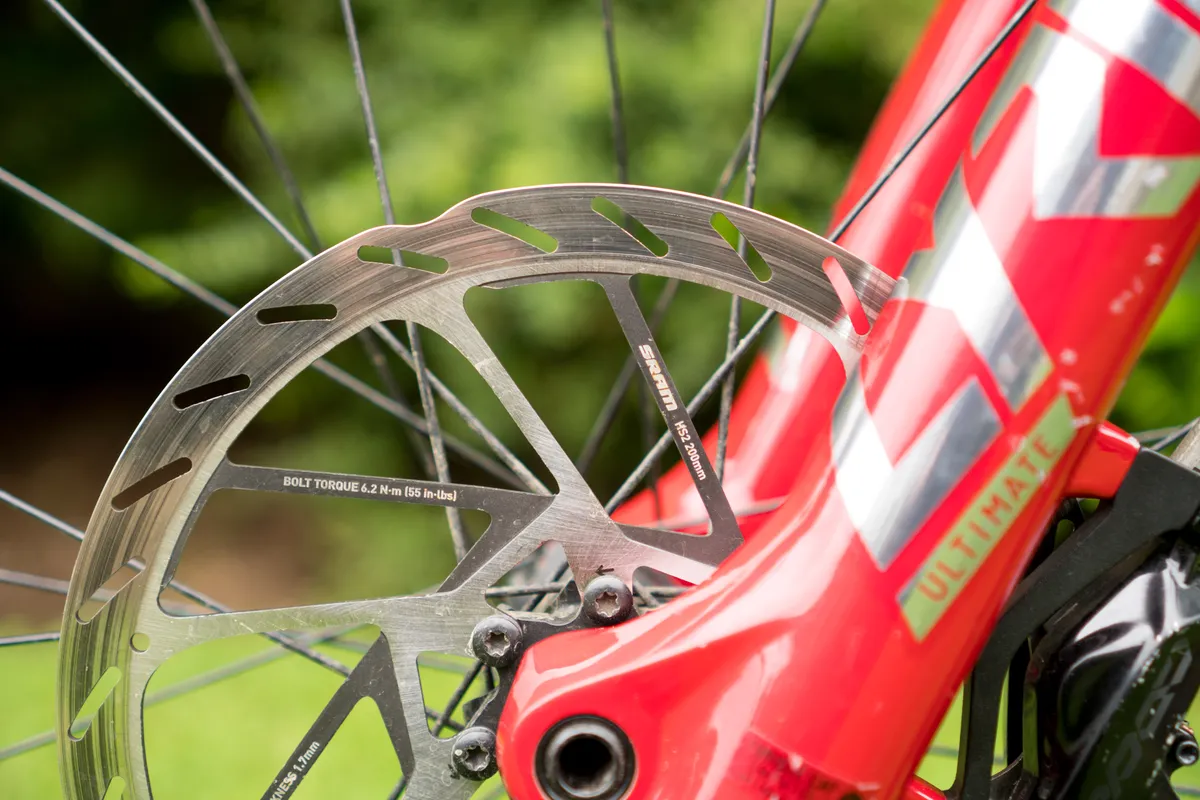
Prices start at £49 / $50 / €55 for the 160mm rotor and rise to £62 / $65 / €70 for the 220mm version.
My 200mm HS2 test samples weighed 206g, compared to 188g for a 200mm CenterLine rotor.
SRAM HS2 disc rotor performance
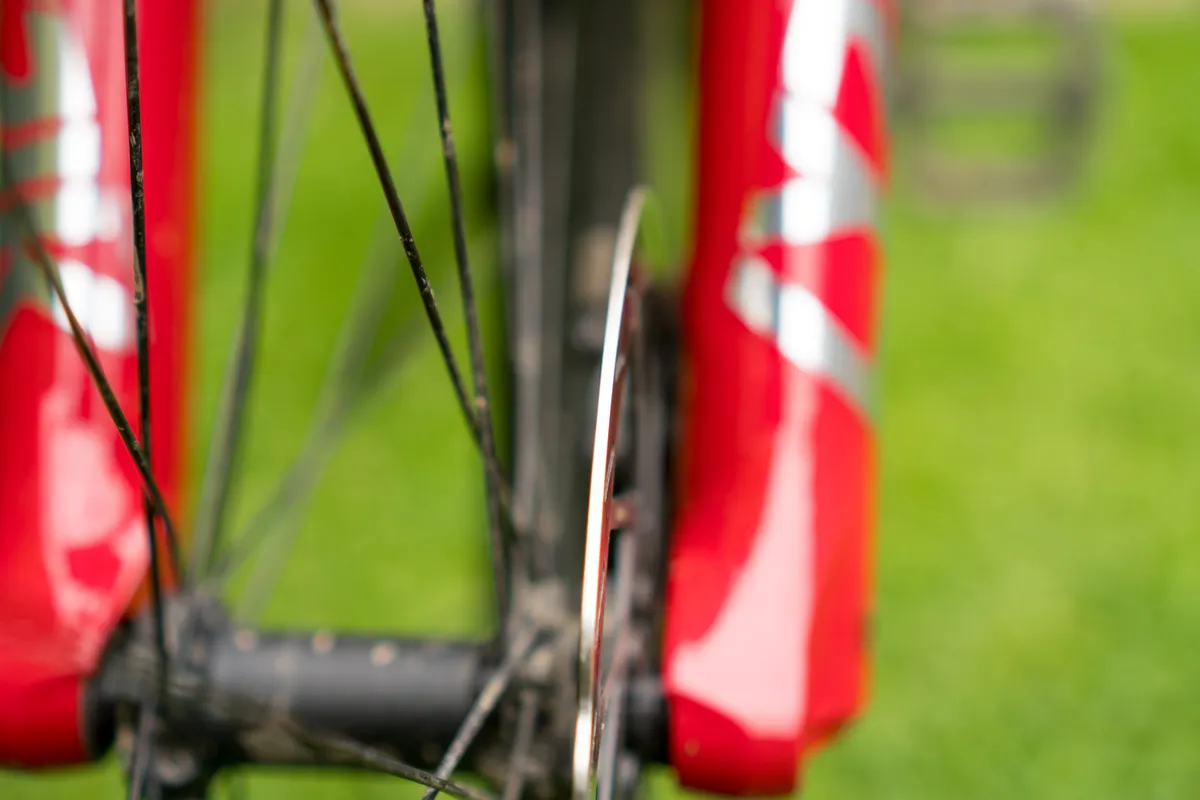
The HS2 rotor is marginally thicker than the CenterLine version and the recessed spokes – of which there are six – certainly differentiate it from other models.
Although the total number of spokes hasn’t changed – both models have 12 – the HS2’s are thinner, more elegant looking.
Installing the rotors required the brake’s pistons to be reset a little further back into their bores to give more space between the pads. However, once centralised and set correctly, the pistons retracted far enough back when the brake lever was released after braking that the pads didn’t rub the disc’s surface.
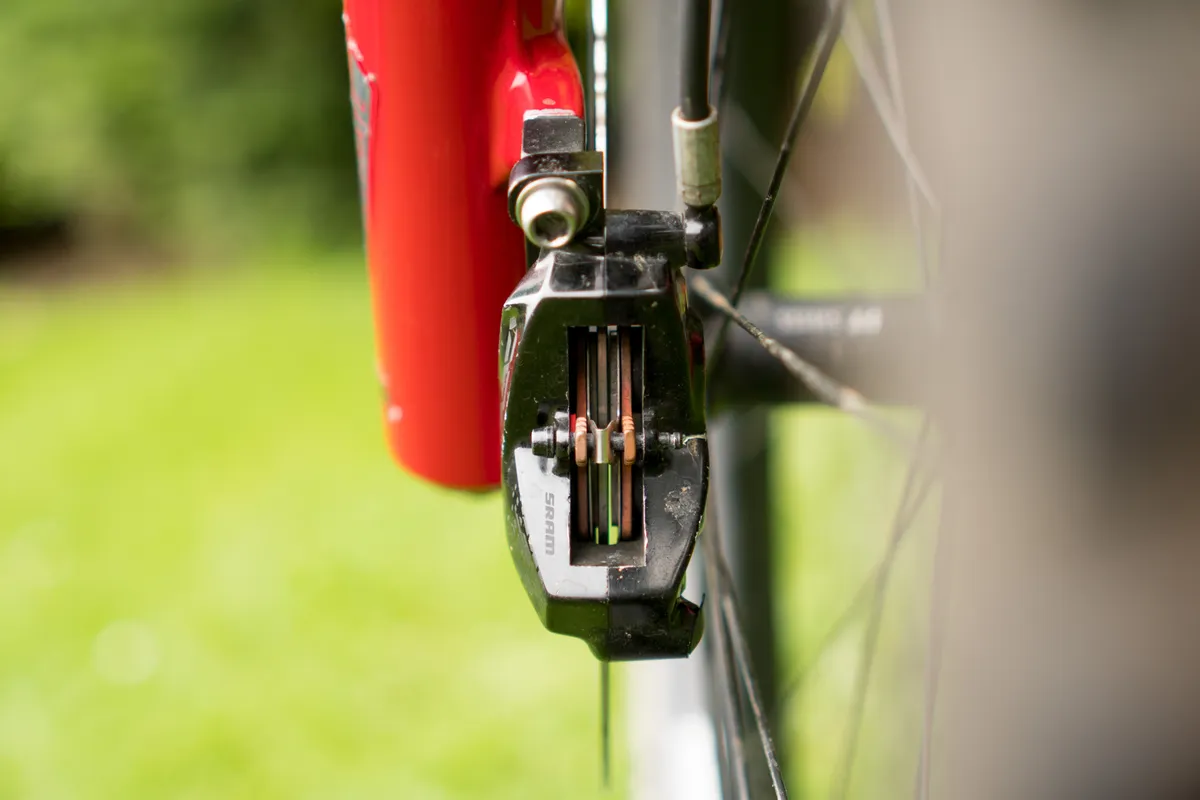
The extra rotor width made the brake’s bite point further out compared to the thinner discs. I personally appreciated this because I like to run my lever reach so the lever blades are set close to the bar but have a limited amount of travel before they bite.
I very rarely experience noisy braking with CenterLine rotors, regardless of the trail conditions or weather, as long as I'm using the discs with official SRAM pads. The same can be said for the new HS2 discs.
Noise was minimal, even during prolonged on-the brakes descents. The only time they would squeal was during their first operation on very wet days or after plunging through a deep puddle or stream crossing.
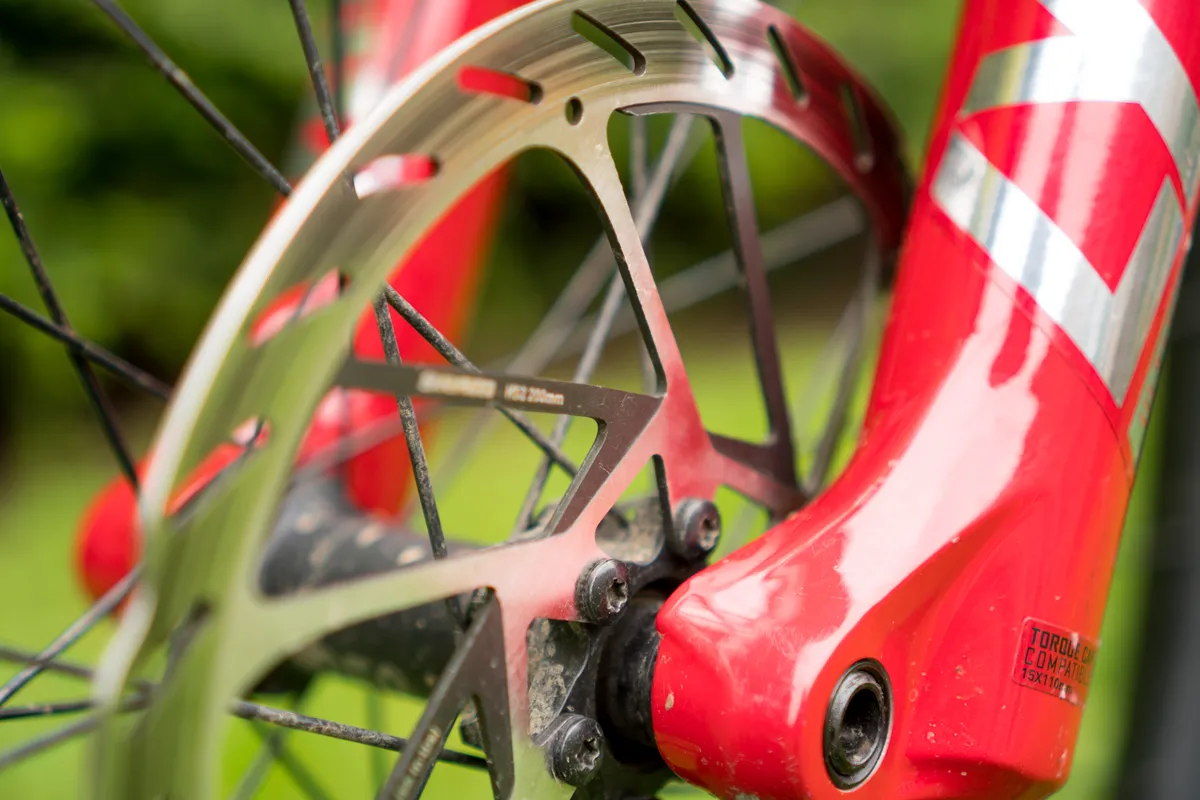
In the same vein, I can’t say I noticed much perceptible increase in performance compared to 200mm CenterLine versions in the same conditions.
Stopping power felt virtually identical before the brakes got hot, although I suspect the power faded less on the HS2 once they got very hot.
The only noticeable change was an increase in bite, where the initial feel was considerably snappier or on/off compared to CentrerLine rotors. This could be down to the increased rotor width or the braking surface pattern.
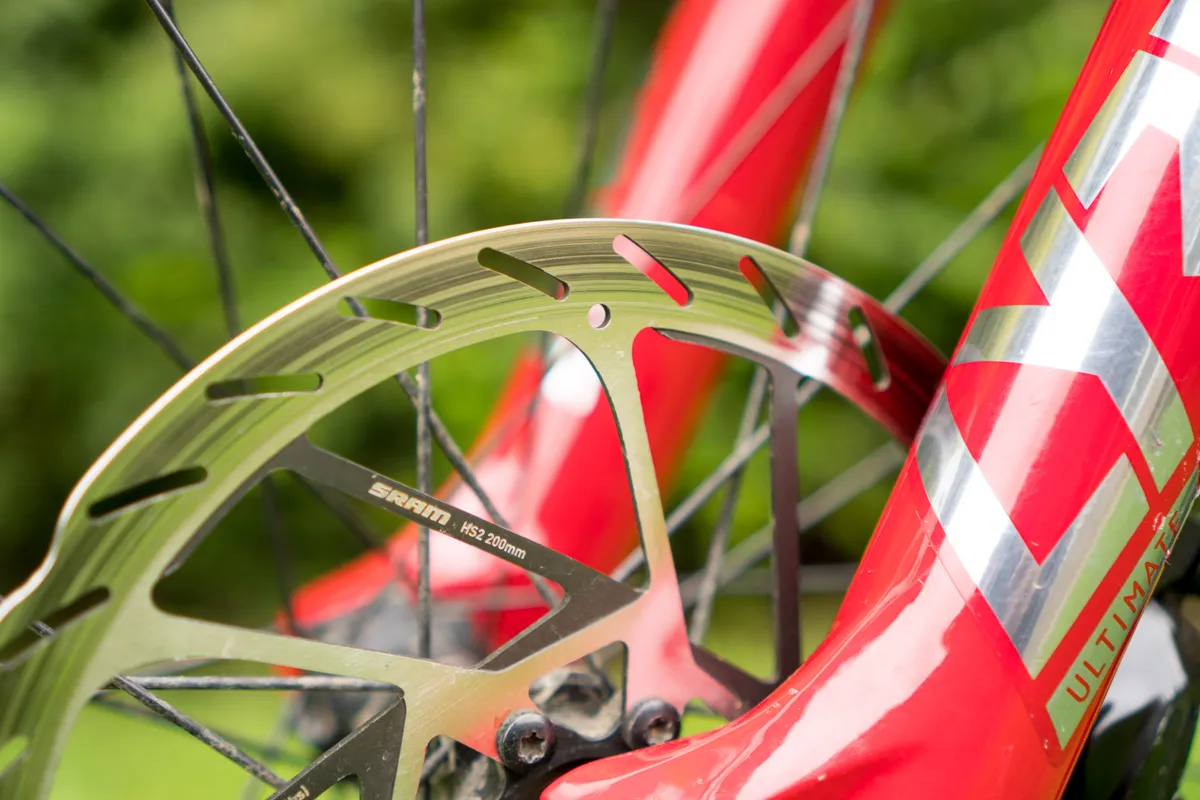
During the test period, the rotors remained straight and haven’t become glazed or burnt despite long, steep, brake dragging descents.
The extra width also means they’re less susceptible to damage compared to thinner counterparts.
SRAM HS2 disc rotor bottom line

Aesthetically appealing, the HS2 is a solidly performing disc rotor.
Stopping power hasn’t been decreased or compromised by the change, although improvements – whether that’s heat management or an increase in clout – are marginal rather than groundbreaking.
They do offer more bite and an earlier bite point, along with extra longevity, which might be enough to convince you to buy them.
Product
| Brand | Sram |
| Price | €65.00, £58.00, $60.00 |
| Weight | 206g |
| br_whatWeTested | SRAM HS2 6-bolt 200mm disc rotor |
Features
| Features | 2mm thick, 6-bolt or centre lock, thermal dissipating paint |
